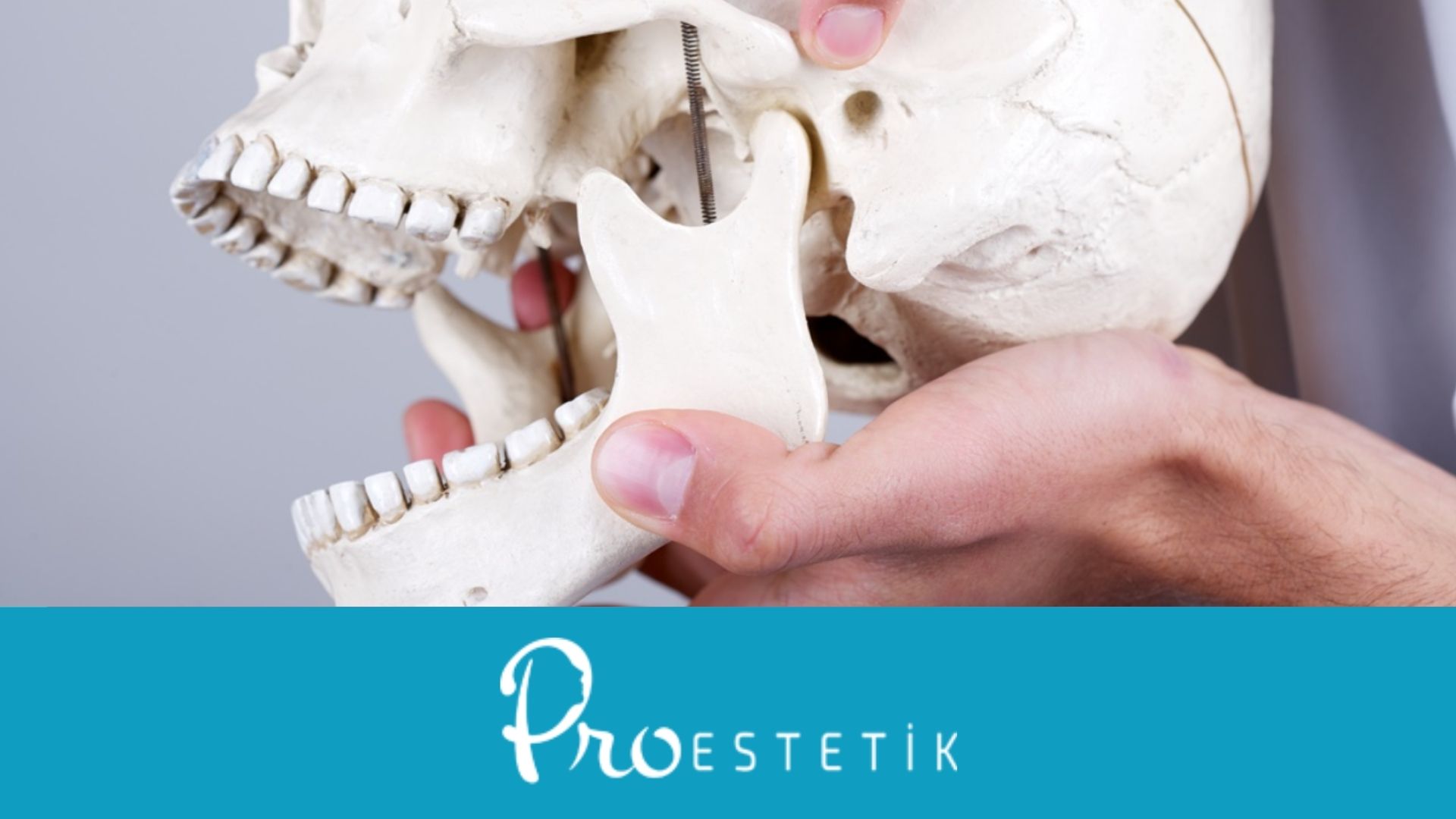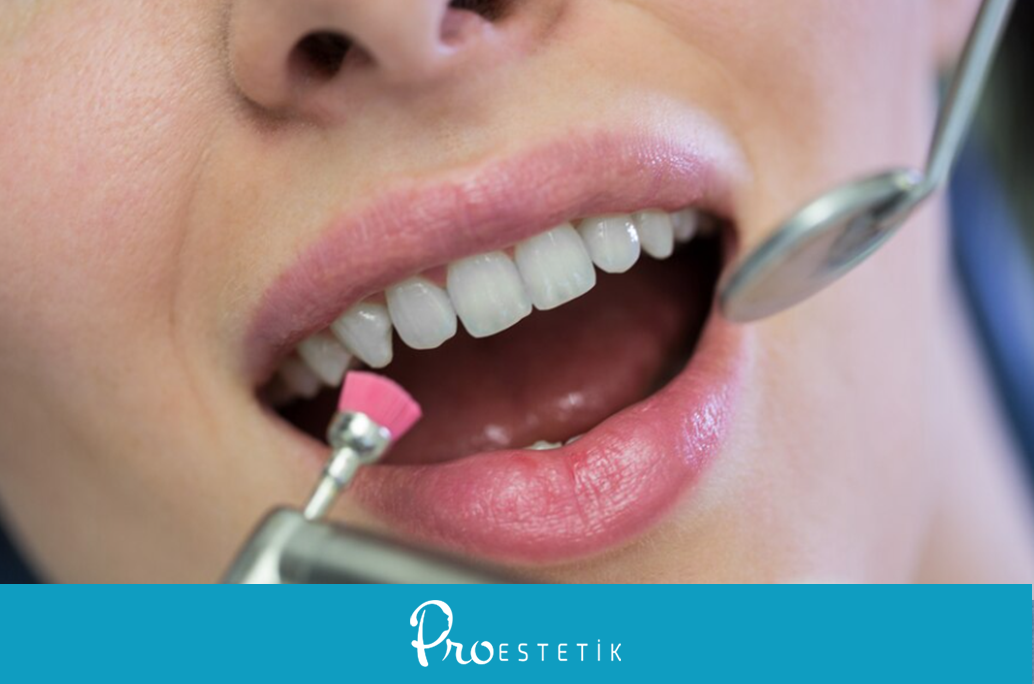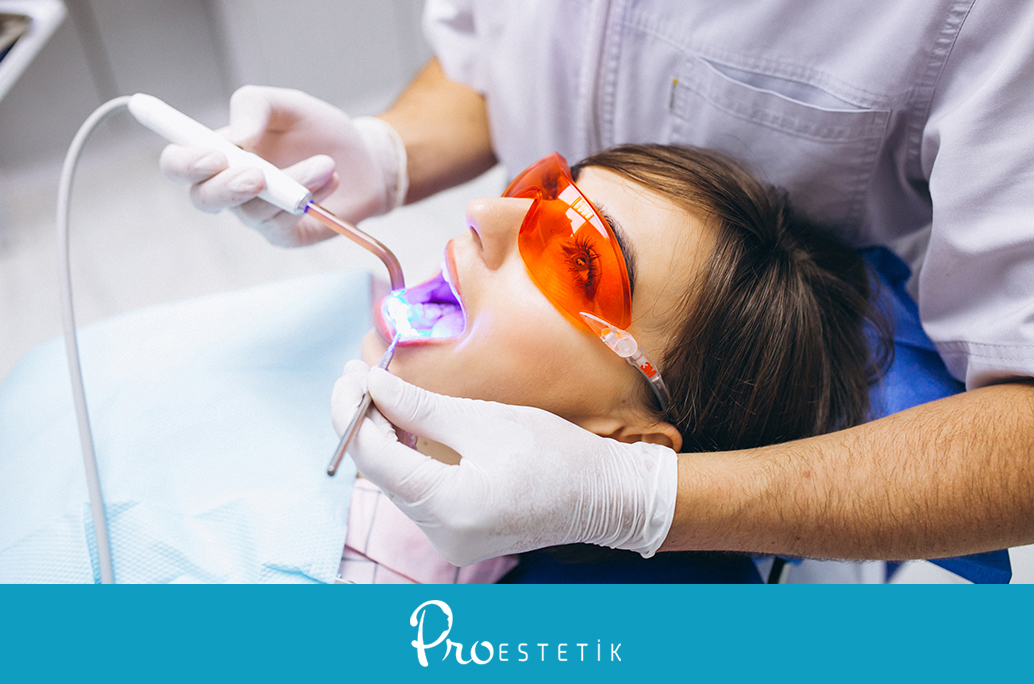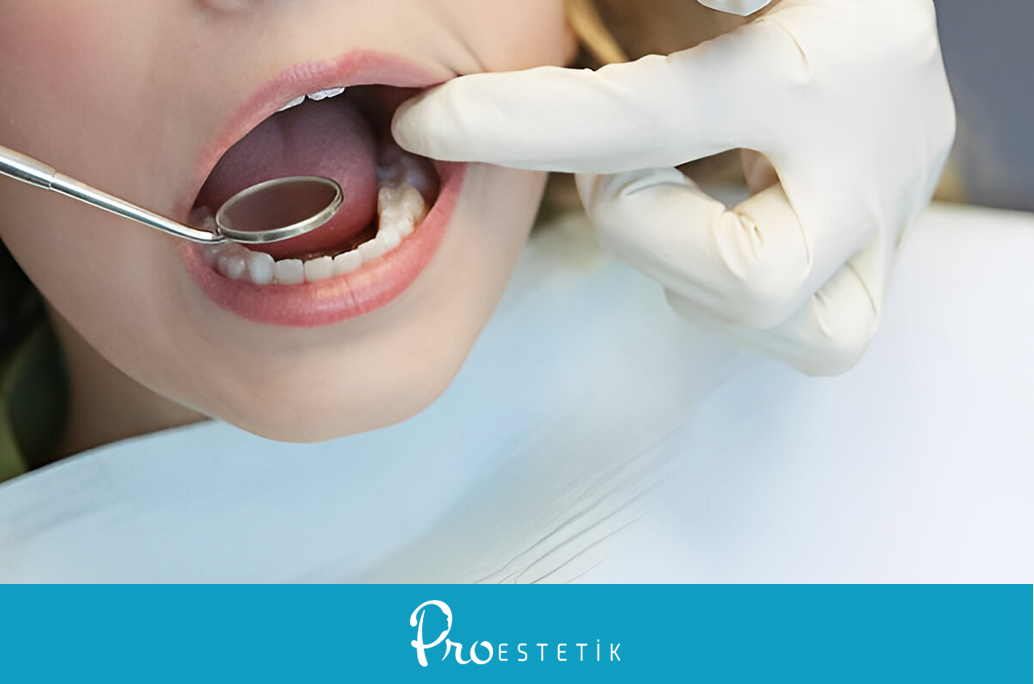Tooth removal is a treatment method used when treatments such as fillings, canals, or crowns are not sufficient to save the problematic tooth and improve oral health. Tooth extraction is performed in cases where the tooth is severely damaged, decayed, or inflamed. After tooth extraction, there are some points to be considered in order for the wound in the area to heal properly and to relieve the pain that may occur in the fastest way. Patients should pay attention to these points and strictly follow the dentist's recommendations in order to have a more comfortable healing process after tooth extraction.
What is Tooth Extraction?
Before moving on to the paths to be followed after tooth extraction, let's briefly learn what tooth extraction is.
Tooth extraction is the process of removing a tooth from the mouth by dentists or oral surgeons under local or general anesthesia. In this procedure, the tooth is removed from its socket in the bone and the extraction process is completed. This treatment method is used when treatments to save the damaged tooth such as fillings, canals, or dental crowns are not effective.
You can read: Failed Root Canal
What to Do After Tooth Extraction?
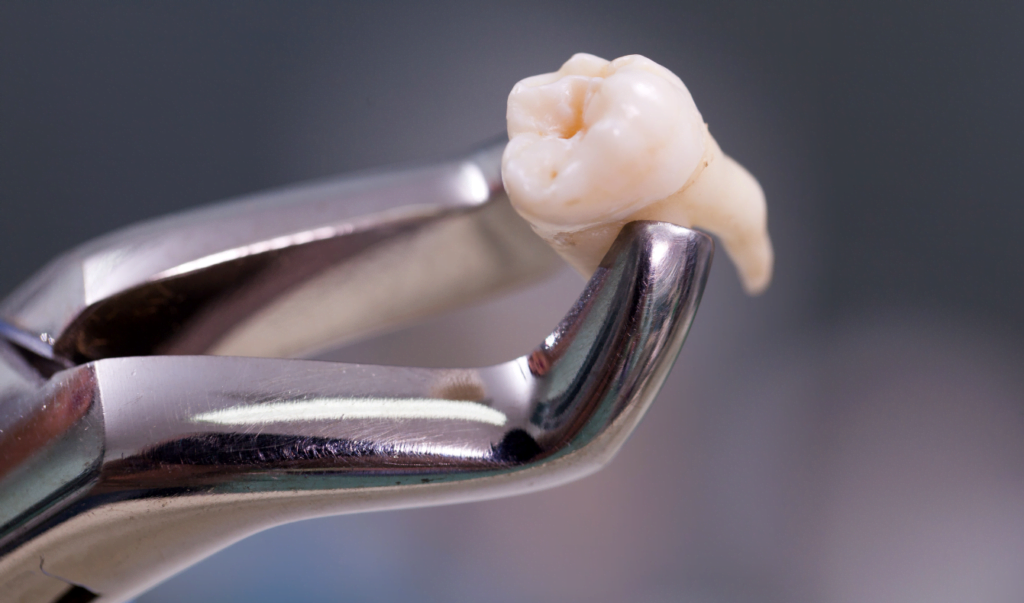
Although tooth extraction is not a difficult procedure under normal conditions, there are some points that patients should pay attention to in order to heal the wound after the procedure without inflammation and pain. Proper care after tooth extraction is crucial. To relieve the pain after tooth extraction and minimize the risk of infection that can occur in the area, a patient must do are as follows;
- Use of a tampon: Bleeding after tooth extraction is quite normal. To stop this bleeding as soon as possible, bite the tampon given to you by your dentist for about half an hour. This will stop the bleeding and allow the blood to clot so that the healing process can begin. If the bleeding does not stop after using a tampon, contact your dentist.
- Medication for pain: How to relieve pain after tooth extraction? Tooth extraction is performed under local or general anesthesia. After the anesthesia wears off, the pain may intensify. You should therefore use the painkillers prescribed by your dentist. Antibiotics should also be used to prevent the wound from becoming infected.
- Cold application: Swelling may be observed for a while after tooth extraction. This is perfectly normal. Do not panic. Apply ice to the area at 5-minute intervals for the first 24 hours to reduce the swelling as soon as possible.
- Eating soft foods: Pay attention to your diet to minimize pain after the procedure. Do not eat or drink anything before the anesthesia wears off. Instead of solid foods, prefer foods that are easy to eat and drink such as yogurt, mashed potatoes, soup, banana, or fish. In this way, you are less likely to damage the wound area.
- Brushing and oral hygiene: After tooth removal, you need to pay attention to your oral hygiene to eliminate the risk of bacterial growth and inflammation. When brushing your teeth, be careful not to brush the wound area hard. Use mouthwash as directed by your dentist.
- Avoiding physical activities: Avoid exercises that increase the pressure in your body after the procedure. The pressure prevents the bleeding from stopping and delays healing. Do not use a straw for a while as it increases the pressure in the mouth.
- Avoiding smoking and alcohol use: Do not smoke or drink alcohol after tooth removal. Smoking and alcohol prevent blood clotting and delay the healing of the wound. Smoking after tooth extraction as well as using alcohol delays the healing.
In addition to the information above, do not check the wound area with your tongue after wisdom tooth extraction or after normal tooth extractions. You may feel sharp protrusions with your tongue. This is normal and does not indicate that the tooth extraction was not done properly. You may feel your jawbone like a tooth root. Never try to pull the bone out. If you taste blood in your mouth, do not spit it out. This will speed up the bleeding.
If you have stitches after tooth extraction, do not play with them. Keep your head elevated while sleeping. Take care not to sleep by turning to the side of the extracted tooth. Do not consume hot food and drinks, do not smoke or drink alcohol until your stitches are removed.
You can read: Zirconium Crown
What to Eat After Tooth Extraction
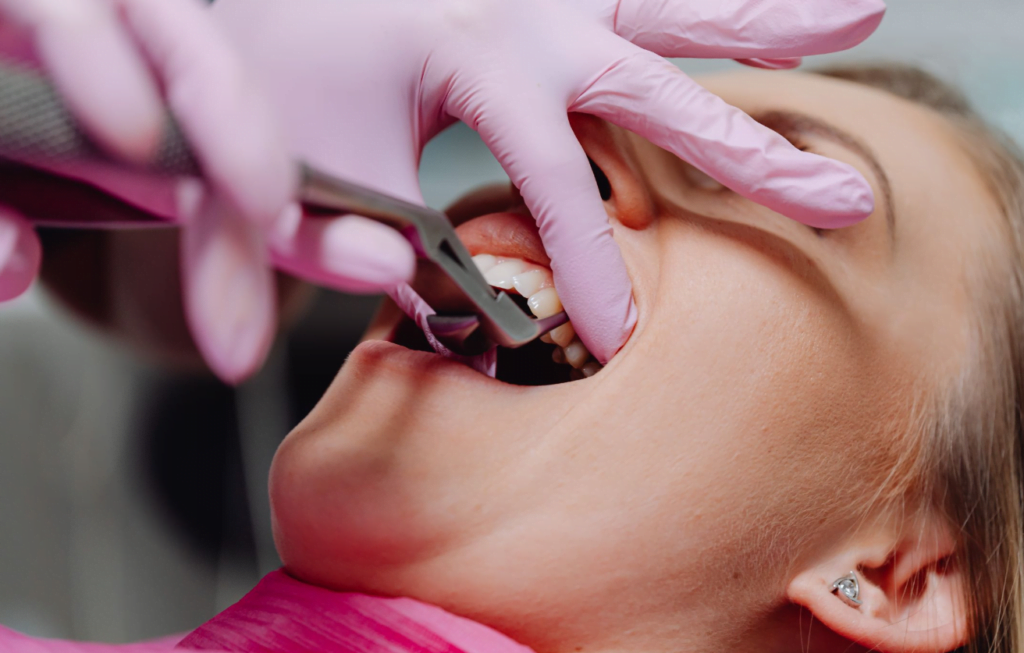
Most dental procedures are performed under anesthesia. Therefore, the patient should not eat or drink anything until the anesthesia wears off (2 to 3 hours). It is important to wait a few hours after the extraction to eat first, both to stop the blood and to prevent the patient from feeling pain. When eating immediately after tooth extraction, involuntary biting of the lips, tongue, and cheeks is inevitable. This causes the patient to feel more pain.
Avoid too spicy and salty foods for a while after 2-3 hours after the operation. Also, try not to consume foods with hard shells. Eat soft foods as much as you can such as banana, smoothie, fish, scrambled eggs, mashed potatoes, and soup. Avoid smoking and using straws as they may cause pressure inside the mouth.
You can contact us to get detailed information about tooth extraction treatment.
FAQ
What are the symptoms of inflammation after tooth extraction?
-if the pain, which is expected to decrease, is increasing,
-if there is excessive swelling and redness in the area,
-if there is whitening of the gums in the area where the tooth was extracted,
-if there is a bad odor in the mouth,
-if it tastes bad,
-If the mouth is difficult to open due to swelling and pain, the wound may be infected. In this case, you should contact your dentist immediately.

 English
English Turkish
Turkish Deutsch
Deutsch العربية
العربية![[:en]After Tooth Extraction: How to Take Care of Your Mouth[:] after tooth extraction](https://proestetik.com.tr/wp-content/uploads/2023/08/after-tooth-extraction.png)



